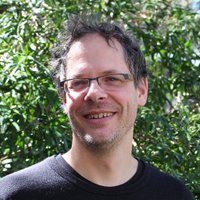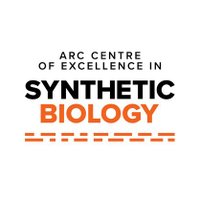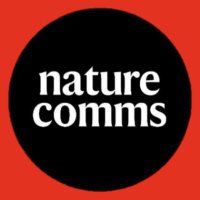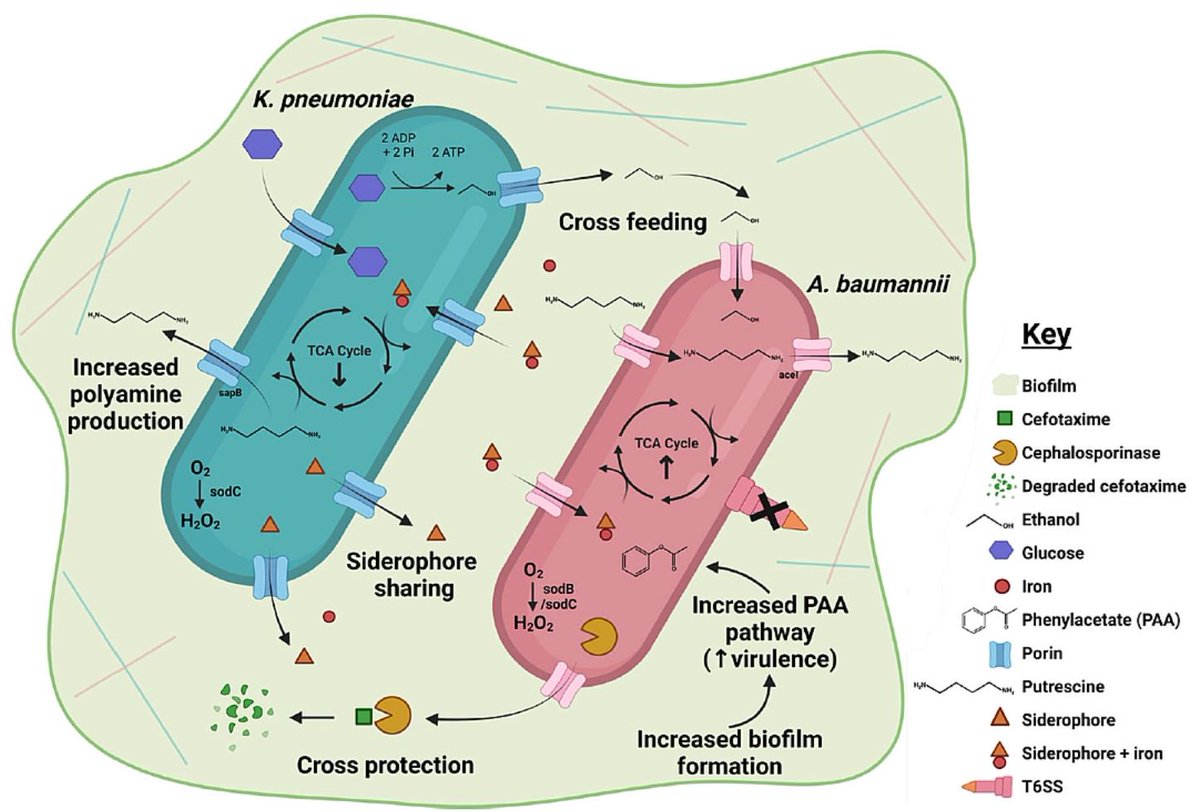
Paulsen Lab
@paulsenlab
Microbiology research group led by Prof Ian Paulsen at @MQNatSci. Research: synthetic biology and omics of yeast, nosocomial, environmental & marine microbes.
ID: 978105788450332672
http://researchers.mq.edu.au/en/persons/ian-paulsen 26-03-2018 03:06:07
474 Tweet
1,1K Followers
435 Following

Excited to share a preprint of our work with Microbial Screening Technologies, Andrew Piggott Paulsen Lab and team We profiled the skin microbiota of over 1000 cattle in Australia as the first step to developing sustainable therapies for pest infestation researchsquare.com/article/rs-220…


We (Karl Hassan) found a new efflux pump, AdeG from the Drug:H+ antiporter 2 family circulating in plasmids of Acinetobacter. AdeG confers resistance to at least 8 diverse antimicrobials. 𝘼𝙘𝙞𝙣𝙚𝙩𝙤𝙗𝙖𝙘𝙩𝙚𝙧 𝙗𝙖𝙪𝙢𝙖𝙣𝙣𝙞𝙞

Woodside are collaborating with LanzaTech, a #SyntheticBiology company specialising in carbon waste reuse for fuels & chemicals. Why aren't Aussies talking about this pathway to carbon neutrality for our oil & gas companies? Thought provoking piece from @thomdixon of ARC Centre of Excellence in Synthetic Biology

Excited to share that the new cyanocyc.org is now live as part of BioCyc&Pathway Tools. And, we are having a mini-symposium on Mar 1st! Register to attend: tinyurl.com/z387m7f6 Cyano.World #cyanobacteria


We have the unexpected treat of hosting Prof Paulsen Lab from Macquarie University this Friday. Prof Ian is a world leading researcher in membrane transport, microbial #genomics, #metagenomics, #systemsbiology, #bioinformatics and #syntheticbiology. Join us on Friday! #science #talk



Together the world’s most deadly & drug-resistant pathogens become more powerful & infectious! A/Prof Amy Cain's team & the Karl Hassan found that pathogenic bacteria co-exist in ~40% of hospital patients; together they survive higher antibiotic concs than alone bit.ly/3Xqk7Ir


The Karl Hassan, A/Prof Amy Cain's group, and the Paulsen Lab recently published our work on A. baumannii and K. pneumoniae co-infections in Nature Communications! Want the easy read version? See my blog post on the details behind the paper 👉 go.nature.com/40GOcGr Uni Newcastle Research,UON WiSTEMM Club

Teaming up two ESKAPE: Cross-feeding and cross-protection between Klebsiella pneumoniae and Acinetobacter baumannii Paulsen Lab Karl Hassan Lucie A/Prof Amy Cain Catherine Dawson #coinfection #ESKAPEpathogens microbiologycommunity.nature.com/posts/teaming-…


Check out Paulsen Lab A/Prof Amy Cain @SashaTetu and Aleksandra Filipovska in this new international careers profile. #synbio #syntheticbiology #sciencecareers ARC Centre of Excellence in Synthetic Biology #futurumcareers

Are minimal genomes useful? How are they made? Xin Xu Paulsen Lab Tom Ellis, Ben Blount, and I have published our thoughts on this intriguing topic nature.com/articles/s4146….

In this Review, Xin Xu Thomas Williams SynBioExplorer Paulsen Lab ARC Centre of Excellence in Synthetic Biology Tom Ellis survey efforts to minimize genomes and appraise their potential for industrial use nature.com/articles/s4146… #BiotechNatureComms #synbio #syntheticgenome


📢 New The ISME Journal paper! We found 'Marine picocyanobacterial PhnD1 shows specificity for various phosphorus sources but likely represents a constitutive inorganic phosphate transporter'. Check it out 👉 nature.com/articles/s4139…



Congrats again to LanzaJet on their recent announcement. The company has partnered with #JetZeroAustralia to deploy its leading technology for Australia's first #ATJ #SustainableAviationFuel production plant — with support from Qantas, Airbus & Queensland Government. biomassmagazine.com/articles/19889…

Starting off the year with a search for a new Technical Support Assistant for the Australian Genome Foundry. Know anyone who might be interested? #hiring #STEM #womeninSTEM

